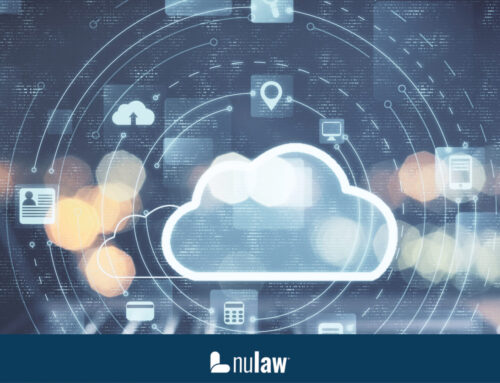Popular Tags

Attorney-Client Communication: Is E-Mail the Best Way to Go?
Think about the last 20 to 30 communications you have had with clients. How many were made via e-mail? If you are like most attorneys, e-mail is a fairly common tool you use on a daily basis. But is it the best tool? Is there anything about e-mail that should cause you to reconsider it? In a word, yes.
E-mail has now been around for 30+ years. It is to modern communication what snail mail and the telephone were before the commercial internet. What is most remarkable is the fact that e-mail hasn’t changed a whole lot in that time. This suggests it is no longer up to the task for modern communication needs. E-mail in the legal industry is often kept separate from case management applications, which presents yet another problem.
If your firm still uses e-mail as its primary communication tool, here are three things to consider:
1. E-Mail is Inherently Insecure
E-mail has always been an insecure method of communication. Before you object to that statement by claiming that Google and Yahoo! go to great lengths to encrypt e-mail, they are but two organizations in a sea of e-mail options. Not only that, their encryption methods and reliability are in question.
The vast majority of e-mail is not encrypted. Even worse is that it is incredibly easy to make mistakes. Imagine sending an e-mail to one of your clients with a Gmail account. With a simple keystroke error, e-mail intended for a ‘gmail.com’ address could end up going to ‘mail.com’. Once sent, you cannot get it back.
2. E-Mail Tracking Software
Next up is e-mail tracking software. If you are not familiar with this kind of software, rest assured plenty of attorneys are. It is software that lets you track what happens to e-mails after they are sent. For example, tracking will allow you to know that a client’s server has received that e-mail sent this morning. It can tell you that your client has actually opened the e-mail.
Though this might seem innocuous, it’s not. Why? Because tracking works both ways. Tracking software pays attention to communication on both sides of the e-mail. While you are tracking clients, they also might be tracking you. The software provider is probably tracking both of you.
Note that numerous state bar associations have already taken official positions against e-mail tracking. Some have gone so far as to ban it when communicating with opposing attorneys.
3. E-Mail Service Tracking
Tracking is also an issue where service providers are concerned. For example, have you ever wondered why Google offers free e-mail to millions of users around the world? After all, it costs them money to operate the servers that make all that e-mail possible. Google is willing to spend the money because they can scan and track e-mail for the purposes of further developing advertising profiles.
Yes, Google computers scan customer e-mail. So does just about every other free e-mail service out there. They scan e-mails in order to build user profiles. They also track the links embedded in those e-mails and whether or not the links are clicked on. Sending e-mail to a client with an address from a free service virtually guarantees the message will be scanned and tracked.
So what’s the solution? A legal case management application with a built-in communication portal. You keep attorney-client communication out of the e-mail realm and, instead, confine it to your own cloud environment. Your communications stay between you and your clients. There are no intermediaries scanning, tracking, and having access to information that does not pertain to them.



